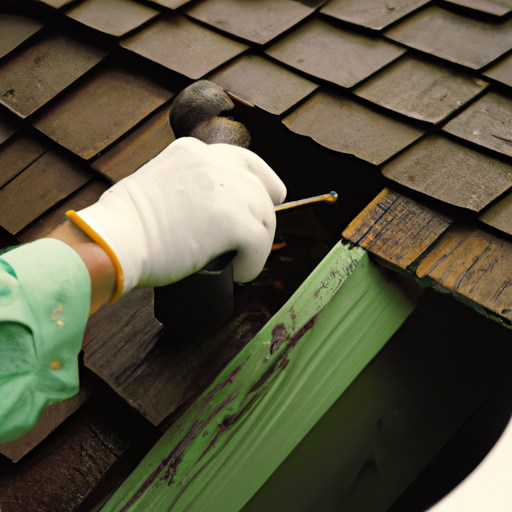Signs You Should Replace Your Roof: What to Look For
It is important to be aware of the signs that indicate it is time to replace your roof. Knowing when to replace your roof can help you avoid costly repairs and ensure your home is safe and secure. Here are some signs to look for that may indicate it is time to replace your roof:
1. Age: The average lifespan of a roof is between 20 and 25 years. If your roof is older than this, it may be time to consider replacing it.
2. Shingle Damage: If you notice missing, cracked, or curled shingles, it is likely time to replace your roof.
3. Leaks: If you notice any water stains on your ceiling or walls, it is likely that your roof is leaking and needs to be replaced.
4. Moss or Algae Growth: If you notice moss or algae growing on your roof, it is likely that the shingles are deteriorating and need to be replaced.
5. Sagging: If you notice that your roof is sagging or drooping, it is likely that the structure of your roof is compromised and needs to be replaced.
If you notice any of these signs, it is important to contact a professional roofer to assess the condition of your roof and determine if it needs to be replaced. Taking the time to inspect your roof regularly can help you avoid costly repairs and ensure your home is safe and secure.
How to Determine the Lifespan of Your Roof

The lifespan of a roof is an important factor to consider when planning for home maintenance and repairs. Knowing the expected lifespan of your roof can help you plan for future repairs and replacements, as well as budget for them. Here are some tips to help you determine the lifespan of your roof.
1. Check the Age of Your Roof: The age of your roof is the most important factor in determining its lifespan. Most roofs last between 20 and 30 years, depending on the type of material used. Asphalt shingles, for example, typically last between 20 and 25 years, while metal roofs can last up to 50 years.
2. Inspect the Condition of Your Roof: Even if your roof is relatively new, it may need to be replaced sooner than expected if it is in poor condition. Look for signs of wear and tear, such as missing shingles, cracked tiles, or other damage. If you notice any of these issues, it may be time to replace your roof.
3. Consider the Climate: The climate in which your roof is located can also affect its lifespan. In areas with extreme temperatures, such as hot and dry climates, roofs may need to be replaced more frequently. On the other hand, roofs in cooler climates may last longer.
4. Have Your Roof Professionally Inspected: If you are unsure of the condition of your roof, it is best to have it professionally inspected. A roofing contractor can inspect your roof and provide an estimate of its remaining lifespan.
By following these tips, you can determine the lifespan of your roof and plan for any necessary repairs or replacements. Knowing the expected lifespan of your roof can help you budget for future maintenance and repairs, ensuring that your roof remains in good condition for years to come.
The Benefits of Replacing Your Roof Before It’s Too Late
Replacing your roof before it is too late is an important decision that can save you time, money, and stress in the long run. A roof is an essential part of any home, and it is important to keep it in good condition. Here are some of the benefits of replacing your roof before it is too late.
First, replacing your roof before it is too late can save you money. If you wait too long to replace your roof, you may end up needing to replace more than just the roof. This could include the walls, ceilings, and other structural components of your home. Replacing these components can be expensive and time-consuming. By replacing your roof before it is too late, you can avoid these costly repairs.
Second, replacing your roof before it is too late can save you time. If you wait too long to replace your roof, you may end up having to replace more than just the roof. This could include the walls, ceilings, and other structural components of your home. Replacing these components can be time-consuming and require a lot of labor. By replacing your roof before it is too late, you can avoid these time-consuming repairs.
Third, replacing your roof before it is too late can save you stress. If you wait too long to replace your roof, you may end up dealing with water damage, mold, and other issues that can be difficult to repair. By replacing your roof before it is too late, you can avoid these stressful repairs.
Finally, replacing your roof before it is too late can help protect your home from future damage. If you wait too long to replace your roof, you may end up dealing with more serious damage in the future. By replacing your roof before it is too late, you can help protect your home from future damage.
Replacing your roof before it is too late is an important decision that can save you time, money, and stress in the long run. It is important to keep your roof in good condition in order to protect your home from future damage. If you are considering replacing your roof, it is important to do so before it is too late.
